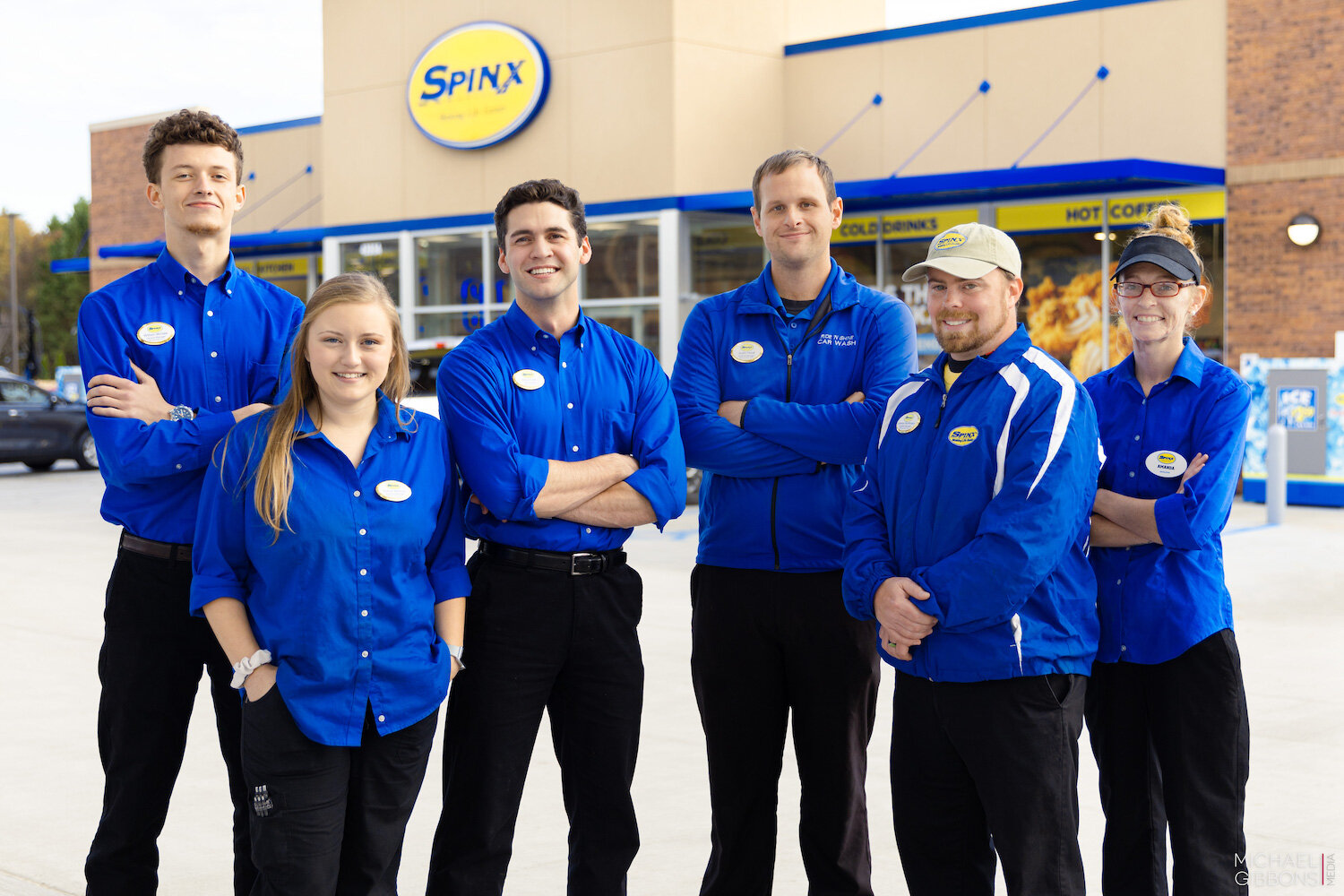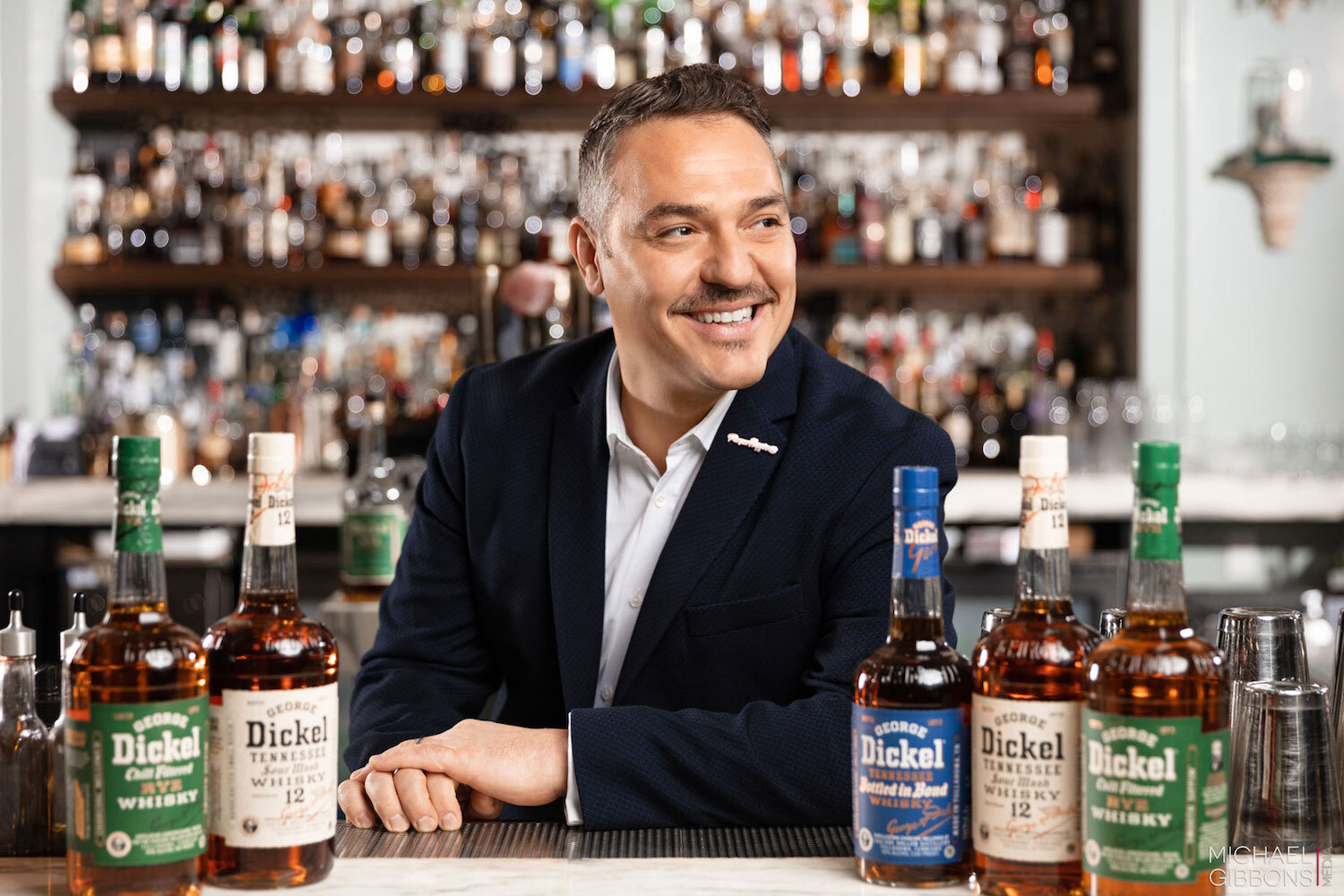Why We Love to Shoot on Location
LOCATION, LOCATION, LOCATION! It’s a term we hear all the time in the estate industry, so how does it apply to portrait photography? Well that’s simple, storytelling.
Storytelling is key for engaging photography, and for conveying your message to an audience. Do you work directly with customers daily? Let’s show you in your element! Are you an athlete who performs on a track? Let your audience see you there! A location provides context, and context helps the viewer have a better understanding of who you are, and what you do. Good locations also help us show what matters to us, do you spend a lot of time in nature, or perhaps enjoy the city life, are you active in your daily routine and find value in that? All of these things can be shown simply by changing the context of an image by placing our subject in an environment that has value.
Not only is it important to tell your story, but onsite location work helps us to create a relatable image for your viewership. If you are wanting to reach out to an agricultural base, it makes sense to place your portrait in a familiar setting to any potential customers. A non-profit who work with groups in the inner cities, aren’t viewed with the same authenticity if their portraits show them in an upscale mountain retreat. Humanity values relatable experiences, that’s why we see political candidates all across the country engaging with local traditions and experiences, to create an appearance of accessibility.
There is a time and place for headshots on a plain backdrop, they can be striking, easy to use on websites and business cards and keeps the focus on you, the subject; however location photography takes engagement to the next level. Having a space that draws in the audience keeps interactions active for longer, which is essential in the world of social media and ever changing algorithms.
Let’s not forget that locations also help us create a unique image that helps you stand out from the crowd. Most people have an online presence, and are exposed to thousands of images a day. If you want to grab attention, create something new, create a story that will cause your audience to pause, and invest their time in the message you have to share. With the amount of media the average person consumes we have become savvy to standard marketing pitches, traditional media, and tried and tested results. That’s why innovative and engaging storytelling matters. Provide your audience with something they can enjoy, and your first impression will be a good one.





